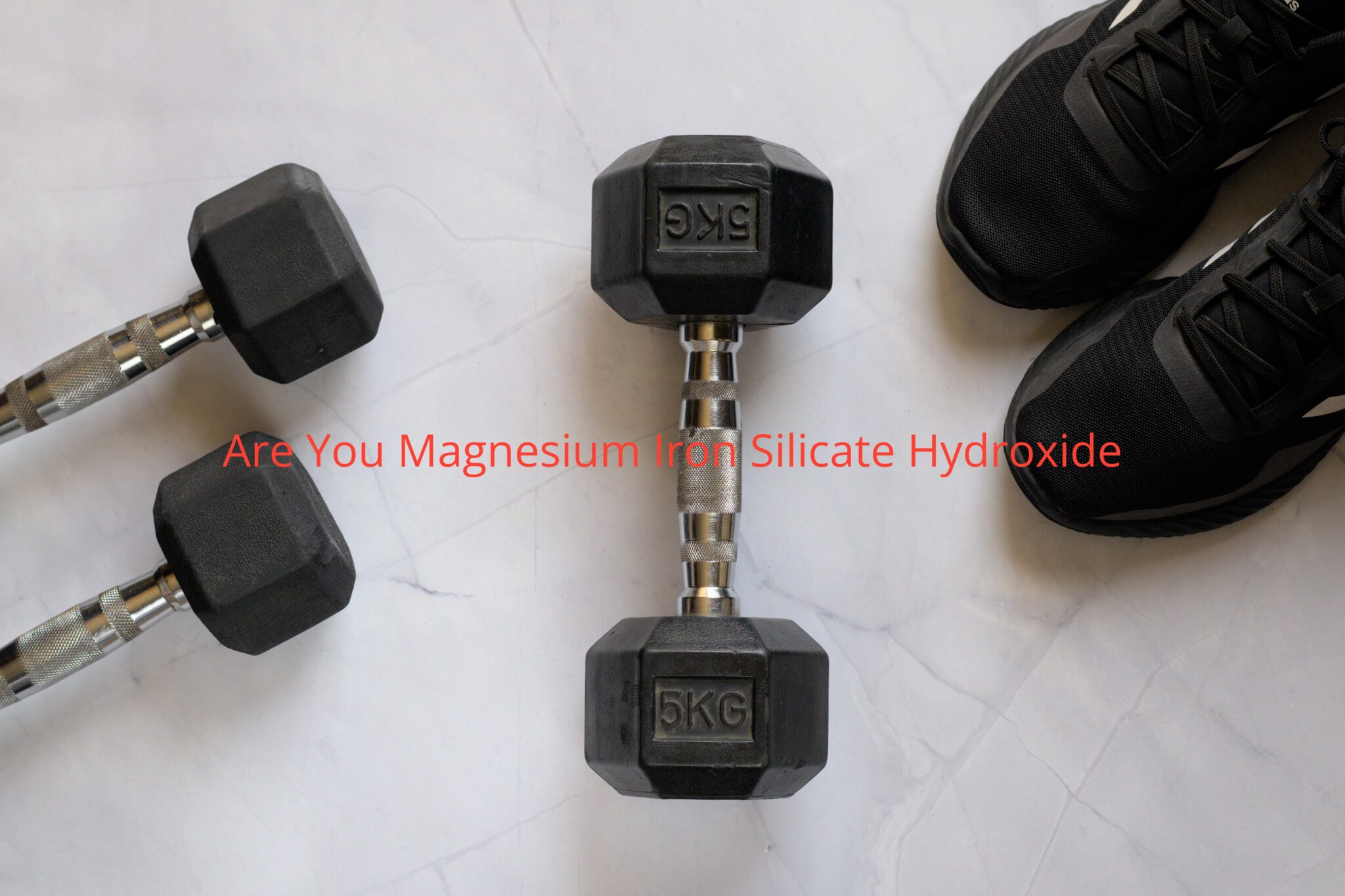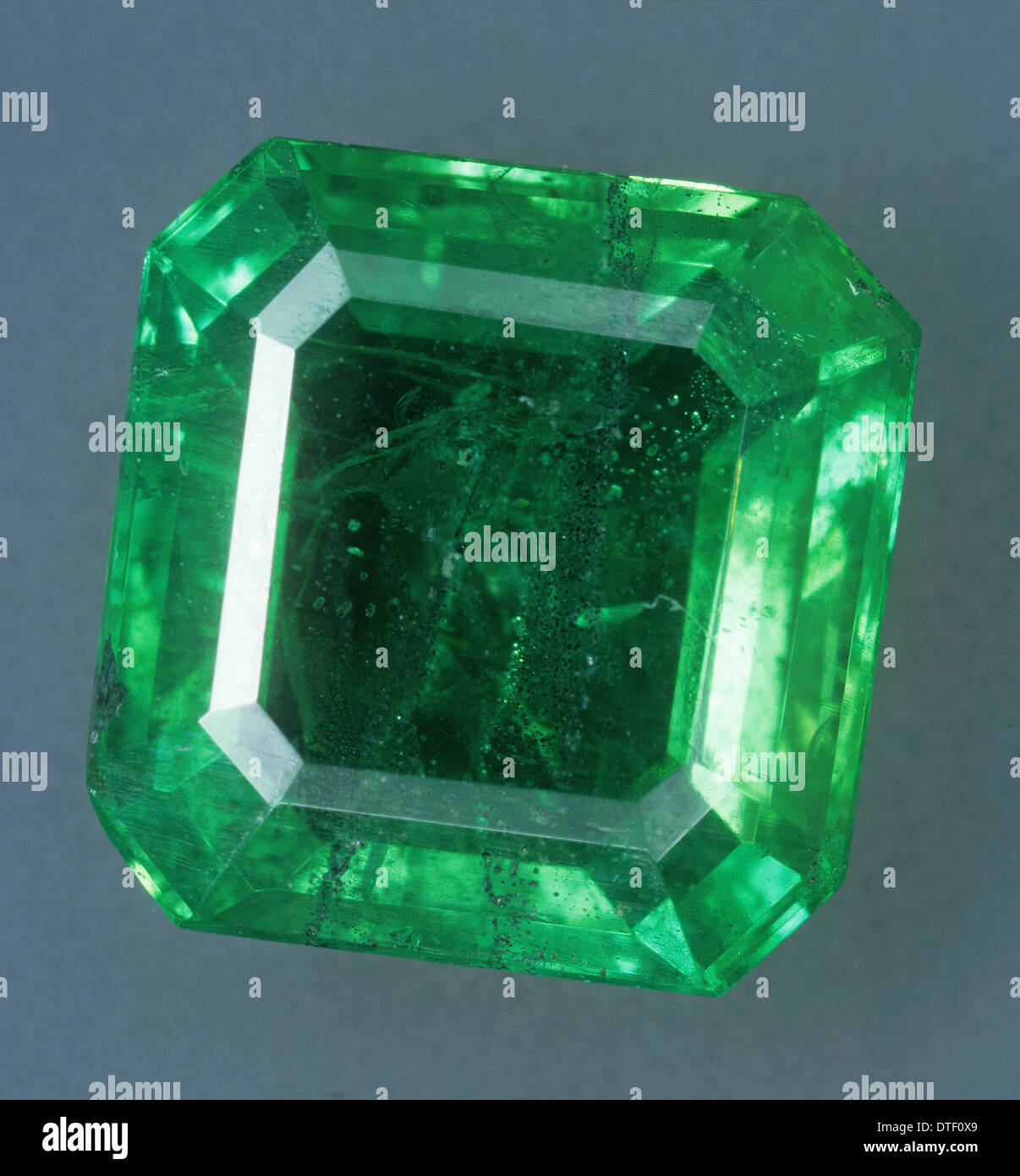What Is Magnesium Iron Silicate Hydroxide? A Deep Dive Into The Science Behind This Compound
Ever wondered what magnesium iron silicate hydroxide really is? Well, buckle up because we’re about to take you on a journey into the world of mineralogy, geology, and chemistry. This compound isn’t just some fancy term thrown around in science labs—it plays a crucial role in our environment and even in our daily lives. So, if you’re curious about what makes this stuff so special, you’re in the right place!
Magnesium iron silicate hydroxide might sound like a mouthful, but trust me, it’s not as complicated as it seems. At its core, it’s a mineral compound that forms under specific conditions in nature. Think of it as nature’s way of creating something amazing from simple elements like magnesium, iron, silicon, and oxygen. And guess what? It’s more common than you think!
In this article, we’ll break down everything you need to know about magnesium iron silicate hydroxide. From its structure and formation to its uses and significance, we’ve got you covered. So, whether you’re a science enthusiast or just someone looking to expand their knowledge, this is the perfect read for you. Let’s get started!
- Unlock The Magic Lego Rapunzel Flower Builds Dreams One Brick At A Time
- Rick Owen And His Wife A Story Of Style Love And Influence
Table of Contents
- What is Magnesium Iron Silicate Hydroxide?
- Chemical Composition
- Formation Process
- Occurrence in Nature
- Uses and Applications
- Environmental Significance
- Health Implications
- Mining and Extraction
- Interesting Facts
- Conclusion
What is Magnesium Iron Silicate Hydroxide?
Alright, let’s start with the basics. Magnesium iron silicate hydroxide is essentially a mineral compound that belongs to the group of phyllosilicates. Yeah, I know, big word, but don’t worry, we’ll break it down for you. This compound is primarily composed of magnesium, iron, silicon, and oxygen, with a bit of hydrogen thrown in for good measure. It’s often found in metamorphic and igneous rocks, and it plays a key role in the Earth’s crust.
What makes magnesium iron silicate hydroxide so fascinating is its versatility. Depending on the specific ratios of magnesium and iron, the properties of this compound can vary significantly. For instance, some forms are more stable under high-pressure conditions, while others are more common in lower-pressure environments. Cool, right?
Why Should You Care?
Here’s the thing: magnesium iron silicate hydroxide isn’t just some obscure mineral. It has real-world applications that affect our daily lives. From industrial uses to environmental implications, this compound is more relevant than you might think. So, if you’re looking to understand the world around you a little better, this is a great place to start.
- Oj Simpsons First Wife The Untold Story You Need To Know
- George Michael Relationships A Deep Dive Into The Life And Loves Of A Music Icon
Chemical Composition
Let’s dive into the nitty-gritty of magnesium iron silicate hydroxide. Chemically speaking, this compound is represented by the formula (Mg,Fe)3Si2O5(OH)4. Now, before you zone out, let’s break it down:
- Magnesium (Mg): A key component that gives the compound its name. Magnesium is an essential element in many biological and geological processes.
- Iron (Fe): Another critical element that can significantly alter the properties of the compound. The presence of iron can affect the color, stability, and reactivity of the mineral.
- Silicon (Si): Silicon is the backbone of silicate minerals, and it forms the basis of the compound’s structure.
- Oxygen (O): Oxygen is the most abundant element in the Earth’s crust, and it plays a vital role in bonding the other elements together.
- Hydroxide (OH): The hydroxide group adds a bit of water into the mix, making this compound unique among silicates.
So, when you put all these elements together, you get a mineral that’s both complex and fascinating. And trust me, the chemistry behind it is just as interesting as the mineral itself.
Formation Process
Now, let’s talk about how magnesium iron silicate hydroxide forms. This process is a bit like nature’s recipe book, where specific conditions need to be met for the mineral to crystallize. Generally, this compound forms in environments with:
- High pressure and temperature
- Presence of water
- Metamorphic or igneous activity
For example, in metamorphic rocks, the intense heat and pressure deep within the Earth’s crust can cause the rearrangement of atoms, leading to the formation of magnesium iron silicate hydroxide. Similarly, in igneous rocks, the slow cooling of magma allows for the crystallization of this compound.
Key Factors in Formation
There are a few key factors that influence the formation of magnesium iron silicate hydroxide:
- Temperature: Higher temperatures can increase the rate of chemical reactions, leading to faster formation.
- Pressure: Increased pressure can stabilize certain forms of the compound, making them more likely to form.
- Water: The presence of water is crucial for the formation of hydroxide groups within the compound.
So, as you can see, the formation of magnesium iron silicate hydroxide is a delicate balance of conditions that nature has perfected over millions of years.
Occurrence in Nature
Magnesium iron silicate hydroxide isn’t just a lab creation—it’s found all over the world in various geological settings. Some of the most common places where you’ll find this compound include:
- Serpentine Deposits: Serpentine minerals are often rich in magnesium iron silicate hydroxide, and they can be found in areas with significant tectonic activity.
- Basaltic Rocks: Basaltic rocks, which are formed from volcanic activity, often contain traces of this compound.
- Metamorphic Regions: Regions with high-pressure and high-temperature conditions are prime locations for the formation of magnesium iron silicate hydroxide.
Interestingly, this compound can also be found in meteorites, which suggests that its formation isn’t limited to Earth. Pretty cool, huh?
Where Can You Find It?
If you’re looking to explore the natural occurrence of magnesium iron silicate hydroxide, some of the best places to check out include:
- The Appalachian Mountains in the United States
- The Alps in Europe
- The Himalayas in Asia
These regions are known for their rich mineral deposits, and magnesium iron silicate hydroxide is just one of the many treasures you’ll find there.
Uses and Applications
Now that we’ve covered the basics, let’s talk about how magnesium iron silicate hydroxide is used in the real world. This compound has a wide range of applications, from industrial uses to environmental applications. Here are a few examples:
- Construction Materials: Magnesium iron silicate hydroxide is often used in the production of cement and concrete, thanks to its durability and strength.
- Water Treatment: The compound’s ability to bind to certain pollutants makes it useful in water purification processes.
- Environmental Remediation: Due to its adsorption properties, magnesium iron silicate hydroxide can help remove heavy metals and other contaminants from soil and water.
So, whether you’re building a skyscraper or cleaning up a polluted river, magnesium iron silicate hydroxide could be the solution you’re looking for.
Innovative Uses
Scientists are constantly finding new ways to utilize magnesium iron silicate hydroxide. For instance, recent research has shown that this compound could be used in the development of new materials for energy storage and conversion. Who knows? Maybe one day we’ll all be driving cars powered by magnesium iron silicate hydroxide batteries!
Environmental Significance
When it comes to the environment, magnesium iron silicate hydroxide plays a crucial role. This compound can help mitigate the effects of pollution by binding to harmful substances and preventing them from entering ecosystems. Additionally, it can act as a natural buffer in soils, regulating pH levels and promoting healthy plant growth.
However, like any natural resource, the extraction of magnesium iron silicate hydroxide can have environmental impacts. That’s why it’s important to balance its use with sustainable practices to ensure that we don’t deplete this valuable resource.
Conservation Efforts
Efforts are being made to protect the natural habitats where magnesium iron silicate hydroxide is found. Conservation organizations are working to ensure that mining activities are conducted responsibly, minimizing the impact on local ecosystems. By doing so, we can continue to benefit from this amazing compound without compromising the environment.
Health Implications
While magnesium iron silicate hydroxide is generally considered safe, there are some health implications to be aware of. For instance, prolonged exposure to fine particles of this compound can cause respiratory issues in certain individuals. However, when used properly and with appropriate safety measures, the risks are minimal.
On the flip side, magnesium iron silicate hydroxide has been shown to have potential health benefits. Some studies suggest that the compound could help detoxify the body by binding to harmful substances and aiding in their removal. Of course, more research is needed to fully understand these effects.
Safety Tips
If you’re working with magnesium iron silicate hydroxide, here are a few safety tips to keep in mind:
- Wear protective gear, such as masks and gloves, to avoid inhalation or skin contact.
- Ensure proper ventilation in work areas to prevent the buildup of fine particles.
- Follow all safety guidelines and regulations when handling this compound.
By taking these precautions, you can safely work with magnesium iron silicate hydroxide and minimize any potential risks.
Mining and Extraction
The mining and extraction of magnesium iron silicate hydroxide is a complex process that requires careful planning and execution. Typically, this involves:
- Exploration: Identifying areas with significant deposits of the compound.
- Extraction: Using various methods, such as open-pit mining or underground mining, to extract the mineral.
- Processing: Refining the raw material to obtain pure magnesium iron silicate hydroxide.
Throughout this process, it’s essential to prioritize environmental sustainability and worker safety. By doing so, we can ensure that the extraction of this compound remains a viable and responsible practice.
Challenges in Mining
One of the biggest challenges in mining magnesium iron silicate hydroxide is balancing the demand for the compound with the need to protect the environment. As the global population grows and resource consumption increases, finding sustainable solutions is more important than ever.
Interesting Facts
Before we wrap up, here are a few interesting facts about magnesium iron silicate hydroxide:
- It’s one of the most abundant minerals in the Earth’s crust.
- It can form in a variety of colors, including green, brown, and black.
- It’s been found in meteorites, suggesting that its formation isn’t limited to Earth.
So, the next time you’re out exploring nature, keep an eye out for this amazing compound. You might just find it in a place you least expect!
Conclusion
In conclusion, magnesium iron silicate hydroxide is more than just a mineral—it’s a key player in the world of geology, chemistry, and environmental science. From its formation in the
- Unlock The True Meaning Antonym For Innocent Thatll Blow Your Mind
- Strawberry Tabby Leaks The Phenomenon Unveiled

Are You Magnesium Iron Silicate Hydroxide TheFitnessManual

Magnesium iron silicate hydroxide hires stock photography and images

Are You Magnesium Iron Silicate Hydroxide? Premium TShirt